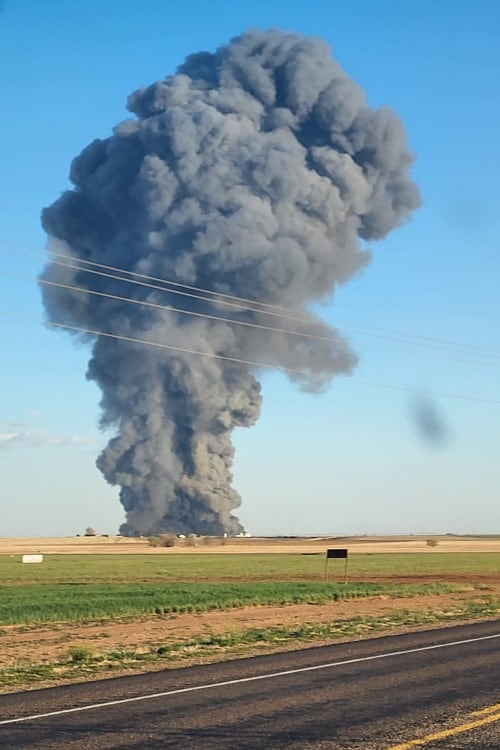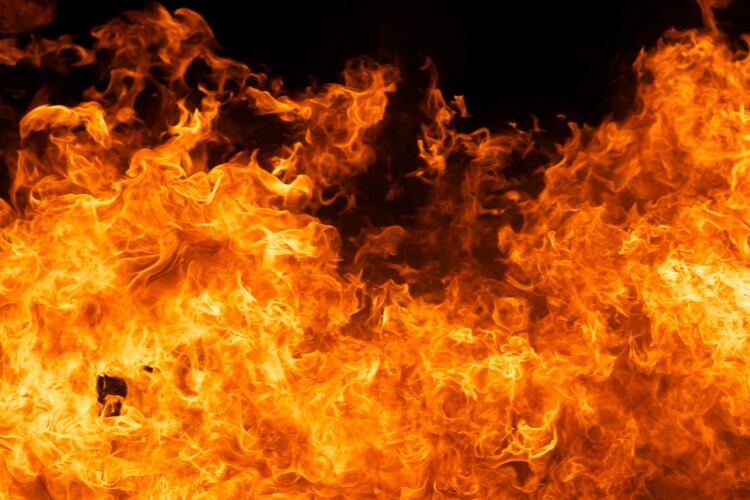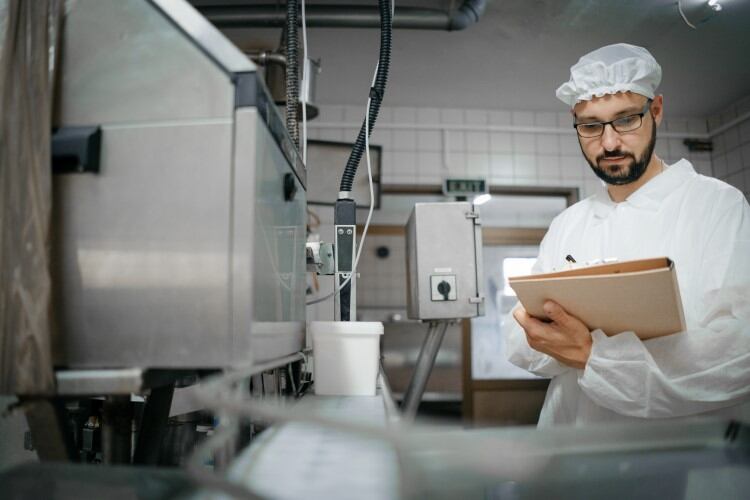More than a week has passed since a large-scale fire that broke out at South Fork Dairy killed between 17,000-18,000 dairy cows in Dimmitt, Texas. Questions and hypotheses about the cause of the explosion continue to swirl in the public space, but while the authorities look for answers, the dairy industry needs to consider if it is doing enough to promote fire prevention.
The Animal Welfare Institute (AWI) is a non-profit organization that has been tracking the number of animal deaths resulting from domestic barn fires since 2013. According to the charitable body, the South Fork Dairy fire is the deadliest since records began. In the last 10 years, AWI estimates that nearly 6.5 million animals had died in barn fires, amongst which more than 25,000 cows. The numbers are likely to be higher, however, as only reported fires form part of the statistics. Even so, the data highlights just how devastating the Dimmitt fire has been.
“If the 18,000+ cattle deaths is an accurate number, then this is the most devastating barn fire involving cattle since the AWI began tracking US barn fires, and the most deadly barn fire overall in Texas since we began tracking in 2013,” AWI’s Marjorie Fishman told us.
But what does American law mandates when it comes to the fire safety of farmed animals? According to AWI, there are no federal laws that specifically protect farm animals from barn fires. Instead, some states adopt the National Fire Protection Association’s Fire and Life Safety in Animal Housing Facilities Code, known as NFPA 150. The standard details fire protection and fire safety mitigation measures which can be used in a variety of settings and environments, including barns, stables, animal shelters, and veterinary facilities.
According to NFPA’s database, Texas is not among the states that have adopted the Code.
Where does the US dairy industry stand on fire prevention?
If the issue of fire safety requires a multi-stakeholder approach to improve standards and compliance, is the dairy sector doing enough to promote the matter? According to AWI, the charity’s most recent attempt to broach the subject with the National Milk Producers Federation had all but backfired. Fishman told us that the NMPF ‘had the opportunity to promote fire prevention during recent updates’ to the FARM (Farmers Assuring Responsible Management) Program, which is administered with support from Dairy Management Inc. (DMI). “However, recommendations by the AWI to adopt the NFPA 150 code or require basic fire safety measures - such as equipping buildings with fire extinguishers and smoke detectors and instituting fire hazard inspections - were ignored,” Fishman added.
Asked to respond to this claim, a NMPF spokesperson said that the FARM Program is an ‘industry initiative, not NMPF’s, although as NMPF administers the FARM Program [and] it’s logical [for AWI] to be contacting us’. The Federation highlighted that since dairies need to comply with differing state and local regulations across the US, FARM defers to those regulations.
“About 99% of the US milk supply participates in FARM Animal Care,” the NMPF representative told us.

“Dairy farms that [do] work to meet and maintain the standards included in the program, including a written emergency action/crisis plan to effectively manage emergencies or crises that may occur. Fires and other common emergencies on farms are expected to be addressed in this emergency action plan.”
Such action plans should include information about what actions should be taken in a particular emergency situation, who should be in charge of these actions, how information-sharing should happen, list response scenario options and emergency supplies and equipment, include details on training and training documentation, as well as data and information related to evacuation routes and what sheltering exists.
Meanwhile, within the FARM Animal Care Manual – a non legally-binding document that farmers can use as a learning resource to help them comply with laws and regulations – around page-and-a-half within chapter four is dedicated to ‘emergency preparedness’ - but guidance about how to draft an actual emergency action plan is available separately, through the Comprehensive Emergency Action Plan Guidance, an external document not attached to the Manual but freely available from the FARM Program website.
The South Fork Dairy fire: What we know so far
Texas agriculture commissioner Sid Miller called the Dimmitt fire ‘a tragic blow’ for Texas agriculture. According to his statement, the explosion killed approximately 18,000 head of cattle and critically injured one female worker, who had been trapped inside a building after the explosion and is now being treated at a hospital in Lubbock. “While devastating, I’m grateful that there were no further injuries to Ag workers or any loss of human life,” Miller said. There were about 19,000 cows on the site, according to reports.
He added: “We don’t know all the facts yet surrounding this disaster, but I want all at TDA and in the agricultural community to keep the injured worker, her family, the dairy owners and their families, and the cattle owners and those who work at South Fork Dairy in their thoughts and prayers. This was the deadliest barn fire for cattle in Texas history and the investigation and cleanup may take some time.”
In a statement released to the Castro County Sheriff’s Office, the Texas State Fire Marshal’s Office said the fire was accidental, ‘a tragic accident that unfortunately critically injured one person and caused the death over 17,000 cows’. According to Castro County Sheriff Sal Rivera, the fire originated in the northern end of the dairy in one of the pens and was likely the result of faulty equipment. More in-depth investigation is being carried out to determine what cause the equipment failure.
In his statement to the public, Miller concluded: “The cause of the fire remains under investigation, and we all want to know what the facts are. There are lessons to be learned and the impact of this fire may influence the immediate area and the industry itself. Once we know the cause and the facts surrounding this tragedy, we will make sure the public is fully informed - so tragedies like this can be avoided in the future.”
“This tragic incident should serve as a reminder of the importance of fire prevention, such as maintenance of equipment and performing routine fire safety inspections,” Allie Granger, farm animal policy associate at the AWI, told DairyReporter.
“But bigger than that, it shows that we need to take a hard look at how we raise animals in this country and the risks that come with packing such a large number of animals in one facility without safety measures in place. Continuing to ignore this risk is simply irresponsible and will cost many lives.”



